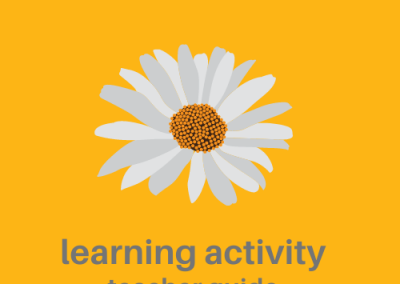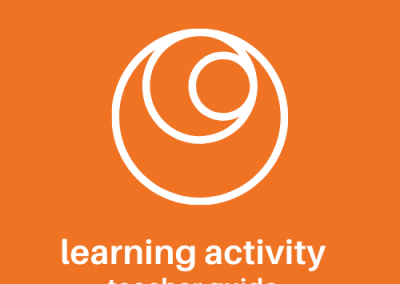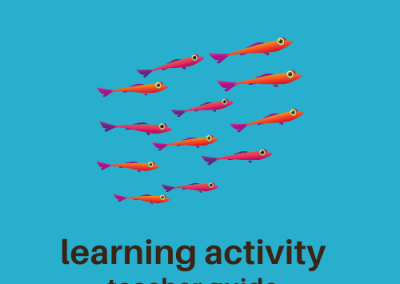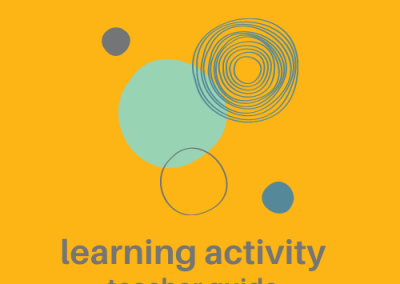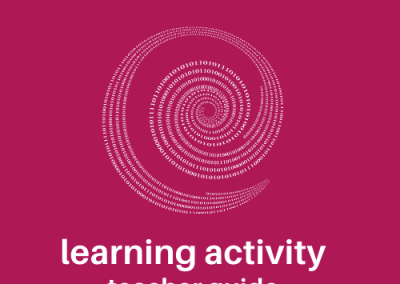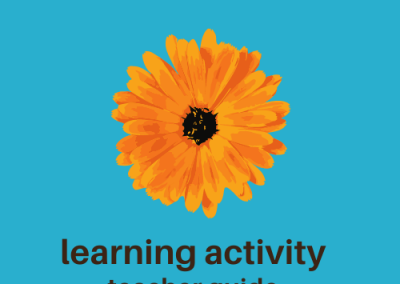Jot Thoughts
Preparation
- Gather small scraps of paper or Post-it notes.
- Prepare the prompts (questions or statements) as they relate to your topic of study.
Activity Steps
1
Introduce Jot Thoughts.
A way to introduce Jot Thoughts is to ask students the difference between jotting something down and writing something down. Are they the same or are they different?
2
Model sample.
The model can be related to the prompt or something outside of the content that is particularly engaging for students. For example, in a health class the prompt could be, “In 30 seconds, write down as many vegetables as you can think of on different Post-it notes.” After students write down their vegetables, in groups they analyze all of the different Post-it notes. They can identify any foods that are not vegetables. They can sort or group vegetables together in categories. Using Post-it notes or scraps of paper instead of creating a long list on paper is useful for students to create groups.
3
Read prompt #1
The teacher reads the prompt and sets the time limit. The time limit can vary depending on the prompt. If using Jot Thoughts for brainstorming, 30-60 seconds is appropriate. If using Jot Thoughts with a prompt that requires higher-level thinking, 2-3 minutes may be more appropriate.
4
Jot down answers.
This activity works best when students work in groups. They write their answers on Post-it notes and stick them to the desk or table.
5
Analyze answers.
Depending on the specific focus (brainstorm, prior knowledge, review) each group of students will analyze their Post-it notes. This could be with a general question like “Looking at all of your Post-it notes, what do you notice?” It could also be more specific, such as asking students to sort the notes into categories.
6
Share out.
Each group gets 30 seconds to share something with the whole class regarding what they noticed about their Post-it notes. Groups could share what they noticed about their Post-it notes, for example, any patterns or groupings, or a particularly interesting answer to the prompt.
7
Repeat.
Repeat this process with different teacher prompts. The number of prompts will vary depending on allotted time and specific content.
8
Reflect.
Students can reflect individually or as a group, orally or in writing. · Why do you think this activity has time limits? · What did you notice about working in groups during the analysis portion? · How does jotting notes help you better understand a topic? · When might you stop and jot?
















